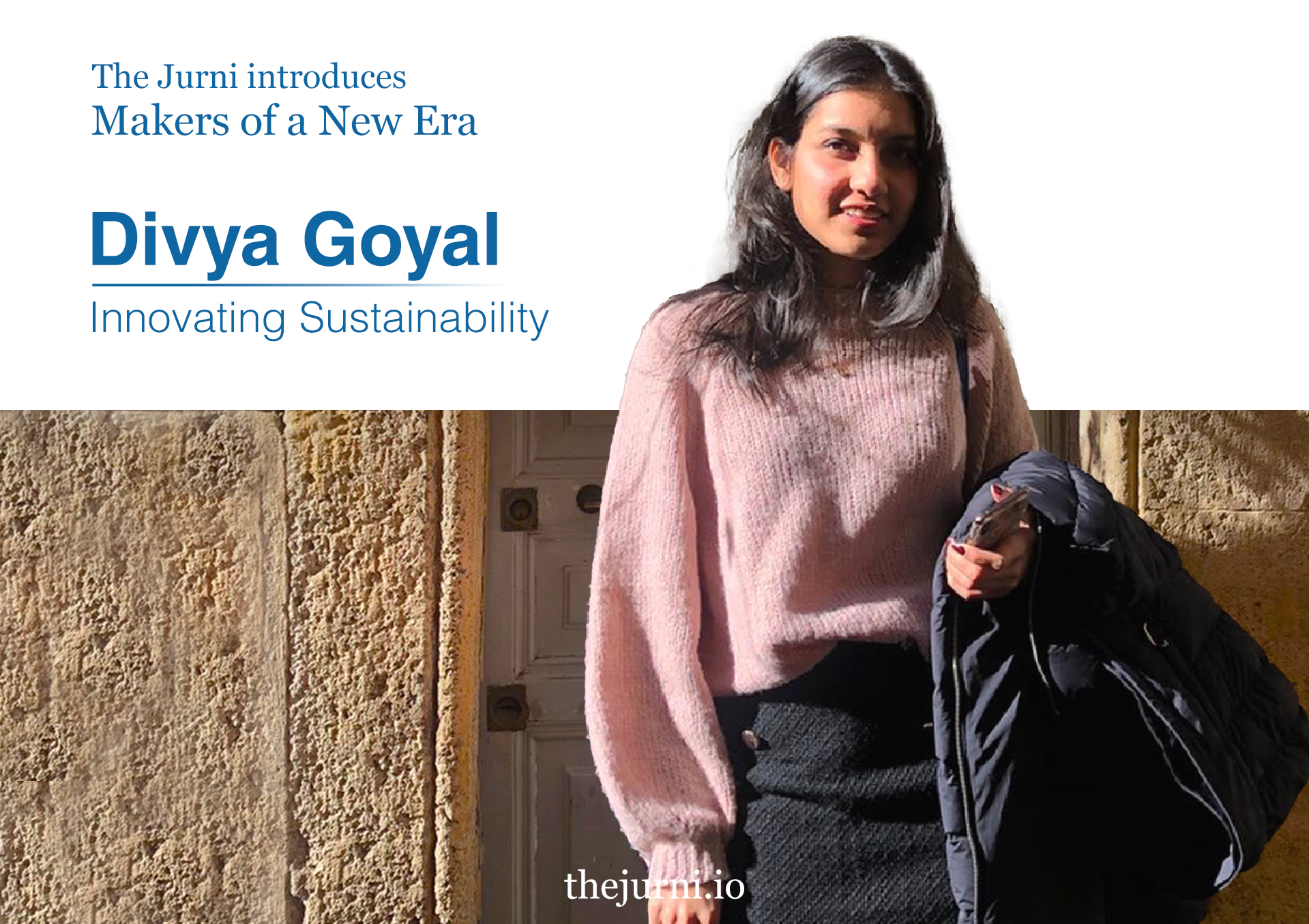
When the pandemic hit back in 2020, Divya Goyal, a management graduate from the London Business School, took to e-commerce like many of us. Everything from household needs to comfort packages were delivered to her house, which made everything easy – except her conscience.
“During covid everyone became increasingly dependent on e-commerce retailers to deliver the smallest of things. The number of courier packages coming in each day was insane, but the problem didn't lie with the single bar of soap being delivered to our doorstep. It was the packaging and the gargantuan sea of waste it generated,” she told us in a recent interview.
So, what did she do? Started her own venture of creating sustainable packaging. “My goal is to minimise the packaging waste that comes along with each e-commerce order,” she said. “I also wish to bring a change in the way people are consuming fast goods.”
At a time when entrepreneurship fever has taken over India, we sat down for a conversation with Divya Goyal, to understand what it takes to start your own venture in the country, and also her vision for sustainable e-commerce in India.
Read the full conversation as part of our series ‘Makers of a New Era’.
Thank you for joining us for this chat. To begin, please share a short background on yourself.
I am a 23-year-old on a mission to save our planet in whatever way I can. I have done my Bachelors in Commerce from Shri Ram College of Commerce, Delhi, after which I went on to do my Masters in Management from the London Business School. I have always been curious (some might say too curious), and that yearning to explore has led me to try new things. I supported my family business for some time and then went on to get a taste of that loathed corporate life. I can’t say I hated it though. In fact, working for a big corporation gave me a great deal of confidence. While I have a lot of respect for the hustle culture, I truly cherish my free time when I can doodle and paint and talk to my dog Gogo in different accents (I think Gogo cherishes our little chats as well).
You are on the cusp of starting a new venture. Tell us more about this: what inspired you to start the project, and what is the problem you’re trying to solve?
During covid everyone became increasingly dependent on e-commerce retailers to deliver the smallest of things. The number of courier packages coming in each day was insane, but the problem didn't lie with the single bar of soap being delivered to our doorstep. It was the packaging and the gargantuan sea of waste it generated: Corrugated boxes, the shipping sleeve, tape and the insidiously pop-pable plastic bubble wrap. It was too much. The tipping point for me was when I received a free sample with my ordered goods in a separate courier – the free sample was a teeny-tiny 1 ml packet of shampoo, but it was packed in a huge box, choking with tape and bubble wrap. To create a USP for the customers, the e-commerce retailers are delivering goods as fast as possible. This means they will readily ship items separately even if they are ordered together.
My goal is to minimize the packaging waste that comes along with each e-commerce order. In India, waste collection has always been an issue. Even though most of this waste can be recycled, almost all of it ends up in a pile on the street. India generates about 25,000 tons of plastic waste every day, 60% of which is collected and recycled while the rest ends up in landfills. My venture focuses on selling compostable and biodegradable packaging materials such as 100% compostable mailers, cellulose tape, bamboo kraft mailers, Kraft Paper tape etc. to e-commerce retailers. This way, almost all the products will decompose in the natural environment and will not haunt our lands for years like plastic does. Apart from this, packaging material made from paper has been sustainably sourced, meaning the entire supply chain of creating a corrugated box would be sustainable. The inks used are water-based or vegetable-based, the adhesive used in tapes and stickers is water-based as well.
I also wish to bring a change in the way people are consuming fast goods. Customers too need to be conscious about the brands they are purchasing from. Only if everyone feels responsible towards the problem we are creating, can we fix it.
What’s your typical day like (meetings, wake/sleep schedules, routines; besides reading The Jurni every week, of course!)?
I am not a morning person, so I start my day comfortably around 9am. But I am quite organized so my schedule for the day is well planned out. I start my work by connecting with my vendors and tracking dispatches (currently only sample dispatches). I do keep an hour for taking my lunch, post which I like to build my game plan aka strategic planning. I end my day around 6 – hoping to work out after – though most of the time I am too tired or too lazy for it. For me, work-life balance is very important, I don’t work when I am at home – unless it’s urgent. At home, I give my dog Gogo the attention he deserves, and spend some time with my family of 8 (yeah, I know). My day ends with a little something on Netflix and a cup of green tea.
Where are you at in the process of establishing your venture? What has been your experience of starting a venture of your own?
It’s only been a month since I started this venture, so I am still learning the ropes. Although I have registered my company, I am yet to give it a name – I want the brand name to speak for itself. I am still working on my products, their quality and pricing. After this, I will be focusing on creating partnerships, branding, and marketing.
Starting a venture is exciting and scary at the same time. You must always stay motivated otherwise you start lagging. There’s always this fear of failing which one needs to overcome every day, but there’s also this rush of adrenaline knowing how far you have reached all by yourself. There’s a lot of learning involved in this process, be it learning through mistakes or otherwise. Not only have I learned a lot about the packaging industry but also, I have been able to understand how to make connections and how to nurture those connections. I have also had the honour of speaking to a lot of very experienced people who know the industry like the back of their hands. I am very grateful for their guidance as they have helped shape my vision for this venture.
What is your vision for this venture?
I want to make this venture the ultimate stop for all sustainable packaging items on a global level. Right now, I am focusing only on e-commerce retailers, but with time I want to expand my product range and cater to the food industry and the manufacturing industry as well.
What do you believe can be the future of sustainability in India?
India is a growing economy and with that speedy growth comes the issue of sustainability. Businesses in India are playing their part to decarbonize their operations which will hopefully help our planet’s survival (because not everyone can just up and leave in a phallic spaceship). Additionally, an environment-friendly approach would also strategically benefit these businesses in the coming 5-6 years. Several corporates have heavy CSR budgets, even the young generation is focusing a lot on sustainability in businesses – so I do think the future is bright. India is pushing for a green recovery, but addressing such global concerns in public policy has been difficult. Also, supporting such policies with an ideal financial plan could be another challenge in achieving the sustainability goal.
Changing gears just a bit and focusing on what The Jurni means for Indian working professionals, what do you think the world needs to understand about Indian millennials that’s either misunderstood or not in the media as much?
India has one of the youngest populations globally and is the world’s largest millennial market. This brings in a lot of passion, drive, and energy.
Millennials have always been under-appreciated or misrepresented as lazy and depressed in the mainstream media. What the world needs to understand about Indian millennials is that they have come a very long way and overcome obstacles that aren't entirely visible. While young people everywhere face universal challenges, Indian millennials in particular have experienced prominent shifts in the cultural landscape – autonomy in love and marriage, financial freedom, shift to nuclear families, and increasing urbanization. In spite of the challenges, Indian millennials have transformed the startup landscape and are contributing extensively to the economy.
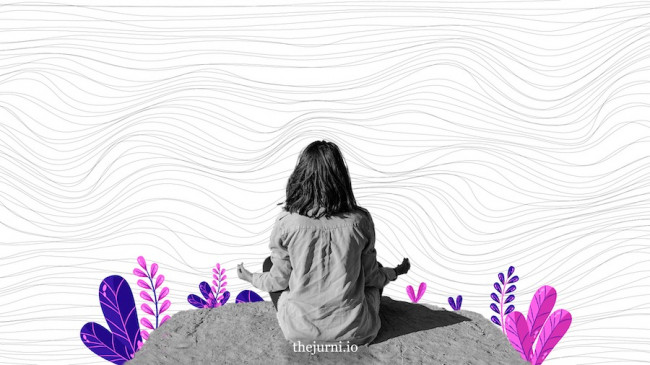
Awake. Hydrate. Meditate.
All of us have different morning routines that set the mood for the day. And, to be honest, not all of them work. So, how can you make the best of the beginning? Here’s what neuroscientists say:
⏰ Don’t wake up to a blaring alarm. Waking up mindfully, and even making time for meditation in the morning can help manage stress better, and also enhance creativity, learning, and focus. Can’t wake up without an alarm? Try these alternatives to ease you into the day.
? Water, not caffeine. And don’t eat first thing in the morning. How your gut is treated has a direct impact on the brain. So, include foods like fruits, vegetables, nuts, whole grains, and seeds in your morning meals.
?♀️ And finally, work out! Not only does exercise improve oxygen flow to the brain, but also enhances its ability for mindfulness and making new connections, while reducing the possibility of memory loss.

I Think, Therefore I Can’t
Don’t get us wrong – thinking is one of the greatest abilities we possess. It helps us reflect, innovate, create, and even doubt, which catalyses our growth, and also acts as critical proof of our existence… if Descartes is anyone to go by. But, let’s be honest – just like Rooster in the latest Top Gun instalment (a must-watch, if you haven’t already!), we’ve all been in situations where we’ve indulged our thoughts, leaving us with little to nothing to show for them.
Overthinking, which usually involves ruminating on an issue, or incessantly worrying about the outcome, can be a major deterrent to your KRAs. But overthink not – we’ve got you covered.
The first step to inculcating proactivity is keeping your eyes on the goal. Know what you want to achieve, and work backwards to create a plan to achieve it. And most critically: stay on track. The initial burst of inspiration often fades, but what will keep you going is a clear vision, are celebrations of each mini-goal you cross along the way!
The second trick is to look at failures as learnings. Don’t be afraid of getting something wrong – you’re only human. But every time you do, learn from it, and use it to constantly improve. And finally – don’t forget to have fun. After all, all work and no play makes Jack (or Jasleen) a dull boy (or girl).
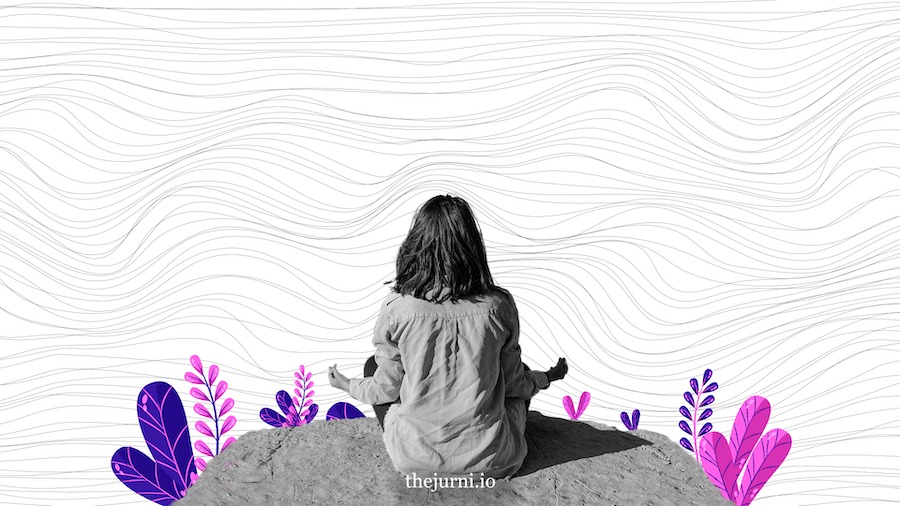
Clear Thinking for the Everyday
While we often look for diamonds among the gold, it is crucial to remind ourselves that they are all valuable. But sometimes, it is not about having it all but that one thing that really moves you.
It is the power of thought that has brought mankind to where we are – the ability to conjure thought that can be translated into reality. As a designer that is exactly what I have to do – not just think, but think outside the box.
But what if I thought around the box or over it? Bam! There is no box. Let's keep it simple. That’s what this piece meant to me.
#JurniMore: I go by the words "slow and steady" as there is no race, but only a lot to explore on this Jurni. What inspires me most are the mountains with a cup of warm tea and some Maggi, to be precise. :)
Rohan Narula, Multimedia Designer
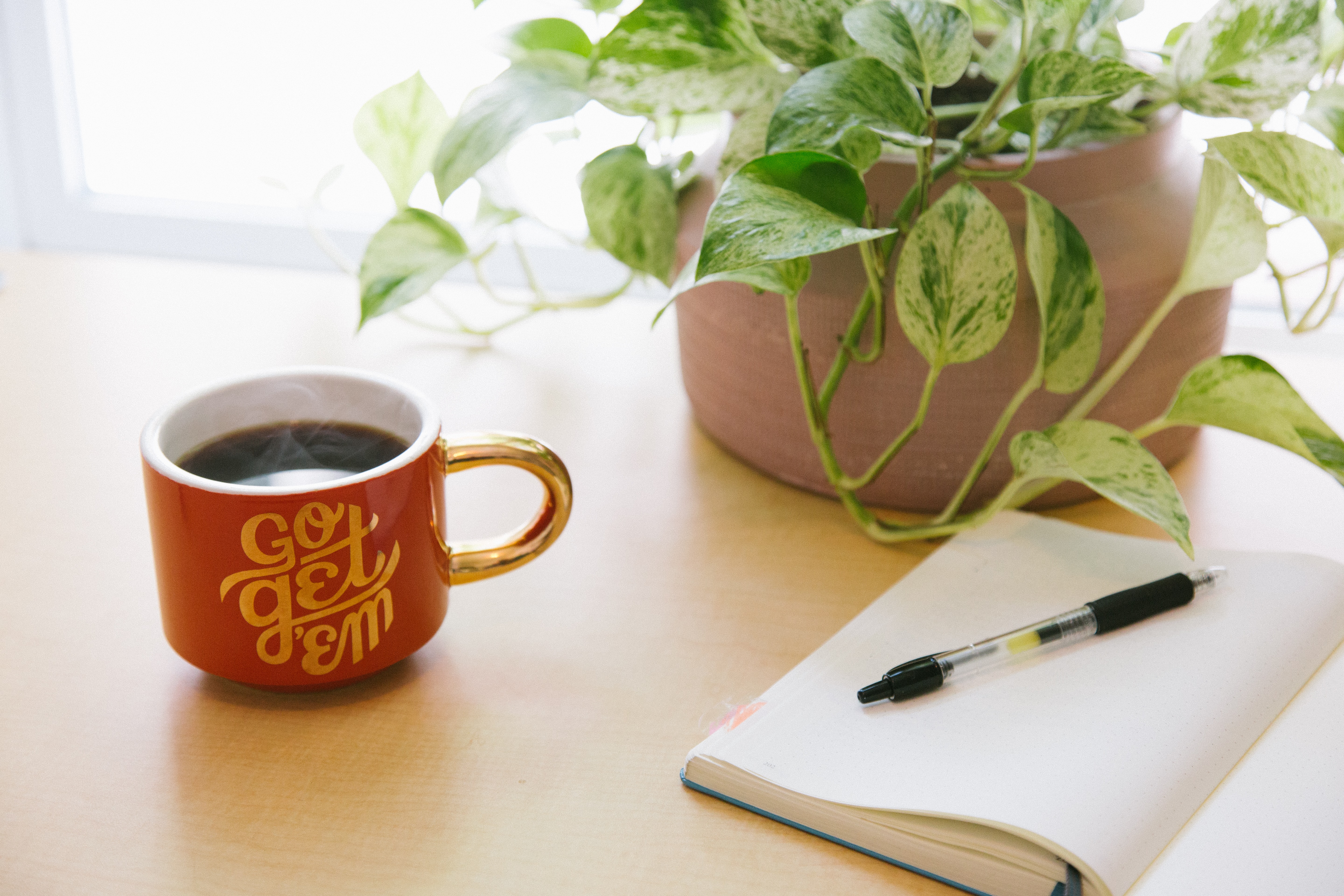
Rituals, Not Routines
Mark Cuban once said that the best of discoveries are borne out of the smallest vexations. As did Mason Currey’s discovery of rituals. His grew out of his inability to write without distraction. One thing led to another, and his fascination with the working habits of famous writers, whose days were seemingly subsumed by creative work, showed him that even writers like Franz Kafka and Virginia Woolf found writing to be an arduous task. What made it easy were daily rituals.
Unlike a routine, a ritual is an activity that eases a person into a focused mindset. “Rituals create and mark a transition towards a different kind of mental or emotional state,” Curry says.
With life returning to a new normal, rituals can help enrich one’s lives. Here’s how some flourishing professionals do it. Just remember, rituals are not just mechanical habits, they must have intention. They’re meditation if you will.
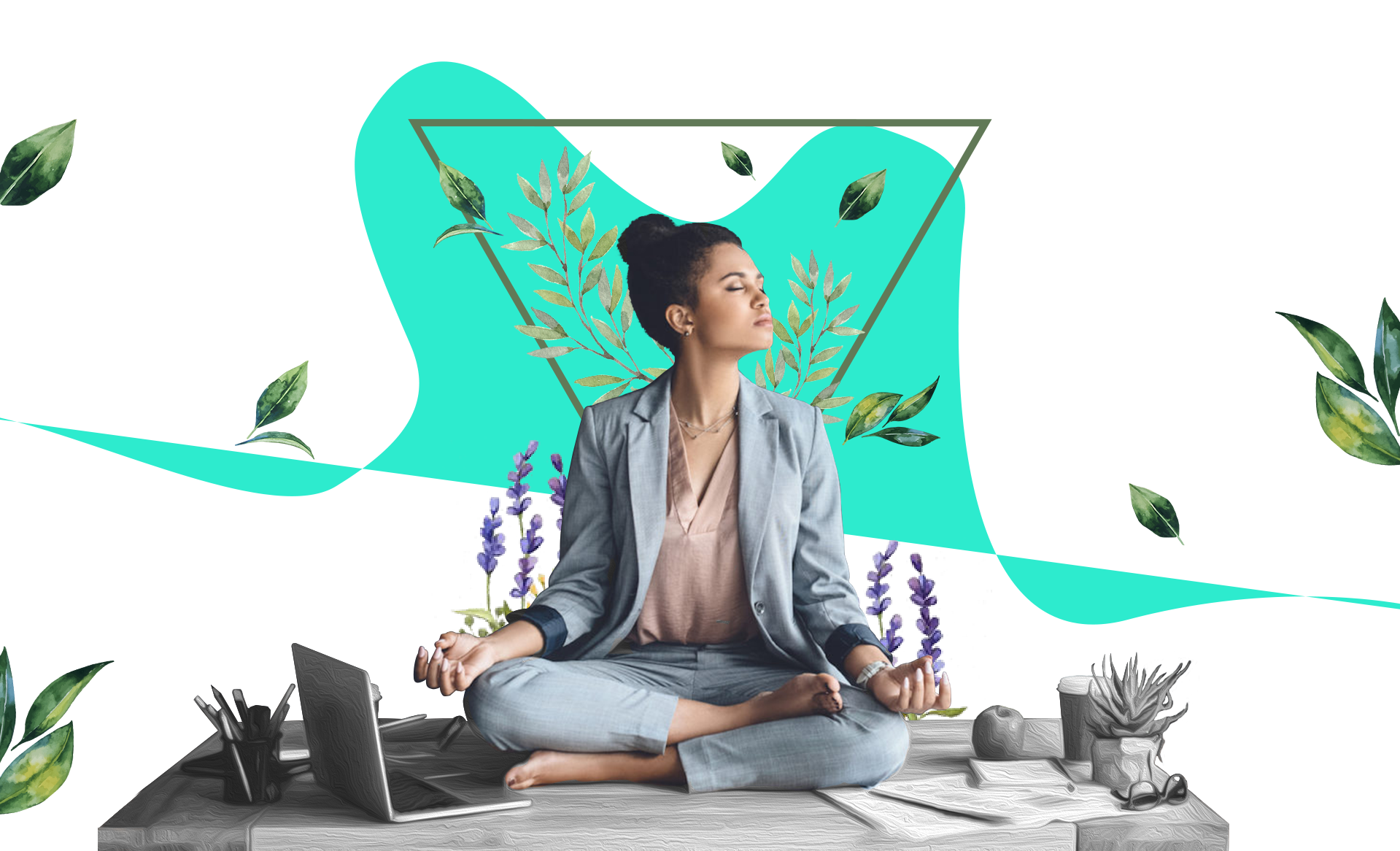
Silence Really Is Golden
To stay ahead at work, we have always been asked to keep our ears open and listen – to experts, podcasts, the news, our mentors. And while these have always provided great insights, no doubt, researchers across disciplines of neuroscience, psychology, and cardiology are asking us to listen to something very different – silence.
For a long time, unwanted noise has been associated with anxiety as it is known to activate our stress hormones. But more recently, researchers have focussed on silences, to study what they can do for our brains. This recent article in Time magazine highlights their results, which show that “’trying to hear in silence’ can demonstrably accelerate the growth of valuable brain cells” – especially those that help with memory retention.
The article traces the history of this idea to the times of the Greek polymath Pythagoras, who would advise his inner circle pupils to “Let your quiet mind listen and absorb the silence” as well as the proponents of Nada Yoga, who asked participants to notice the sounds around them, including the ringing in their own ears. Basically, listening to the age-old advice of creating a silent hour in your routine and meditating does help.
And, in case you’re a “fidgety sceptic” who finds it hard to sit still and meditate, The Sydney Morning Herald has some tips to help!
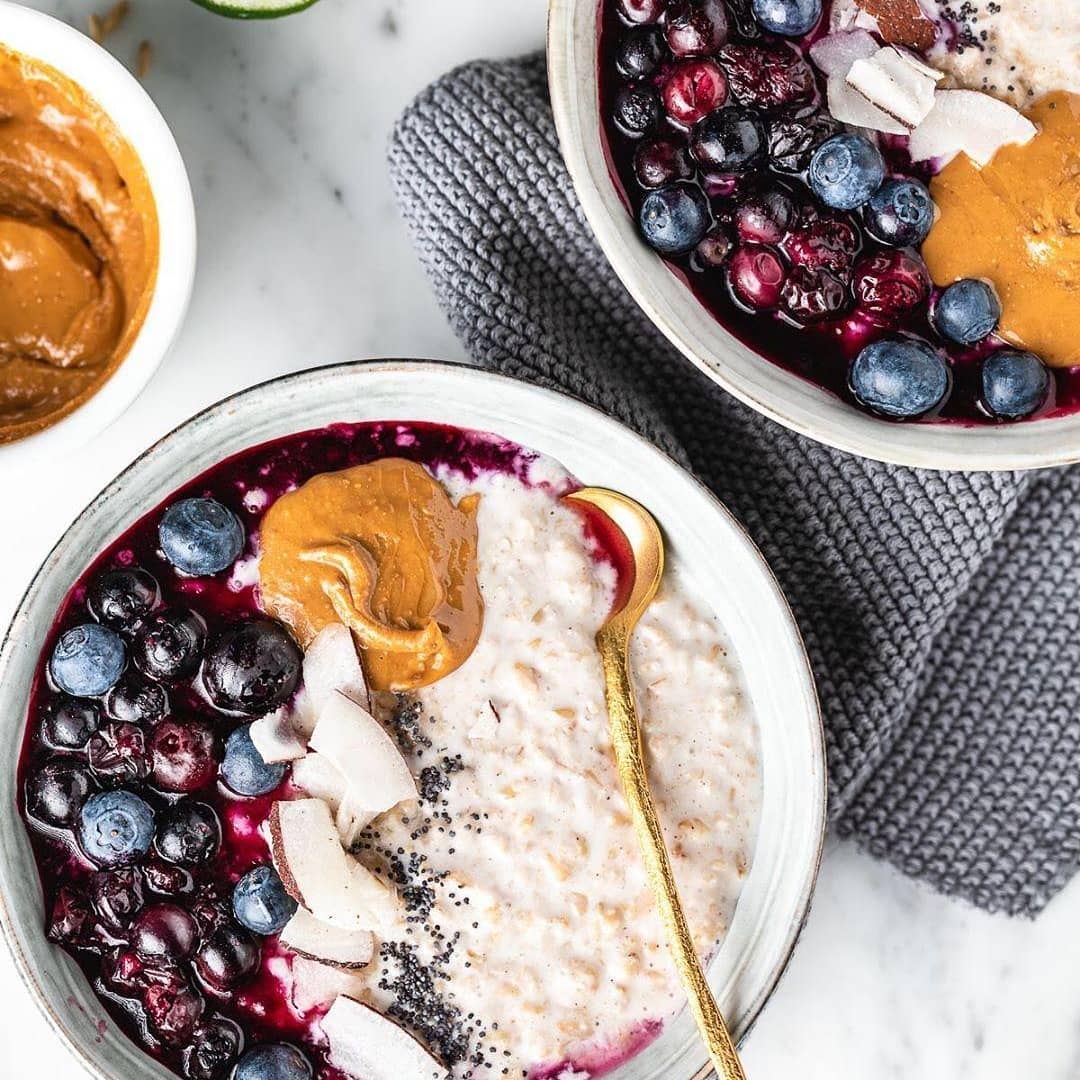
Totes Oats
Breakfast is often labelled as the most essential meal of the day, and rightfully so. But we expect our breakfast to give us a lot — health, decadence, comfort, and convenience. And while it may seem like a tall order, we’ve found just the thing to get us all that in one meal. Enter: overnight oats.
Overnight oats are raw, rolled oats that are left overnight soaked in milk, alt-milks like almond or coconut milk, or yoghurt. All you have to do is add oats to a jar along with chia, sunflower, or flax seeds. You can also add dry fruits, honey, cinnamon, vanilla essence, peanut or almond butter or any other flavour of your choosing.
Then, add enough milk to submerge the oats, close the lid and leave it overnight in the fridge. The next morning, you’ll have your soft-textured oatmeal ready. You can also blend the concoction for 15-30 seconds for better consistency. Some people top their overnight oats with fruits. You can get some ideas for your recipe here.
Overnight oats contain many vitamins and minerals, including manganese, phosphorus, magnesium, copper, iron, and zinc. Perhaps the best part is that you can mostly prepare your breakfast the night before and not skip the meal in the rush of things in the morning.
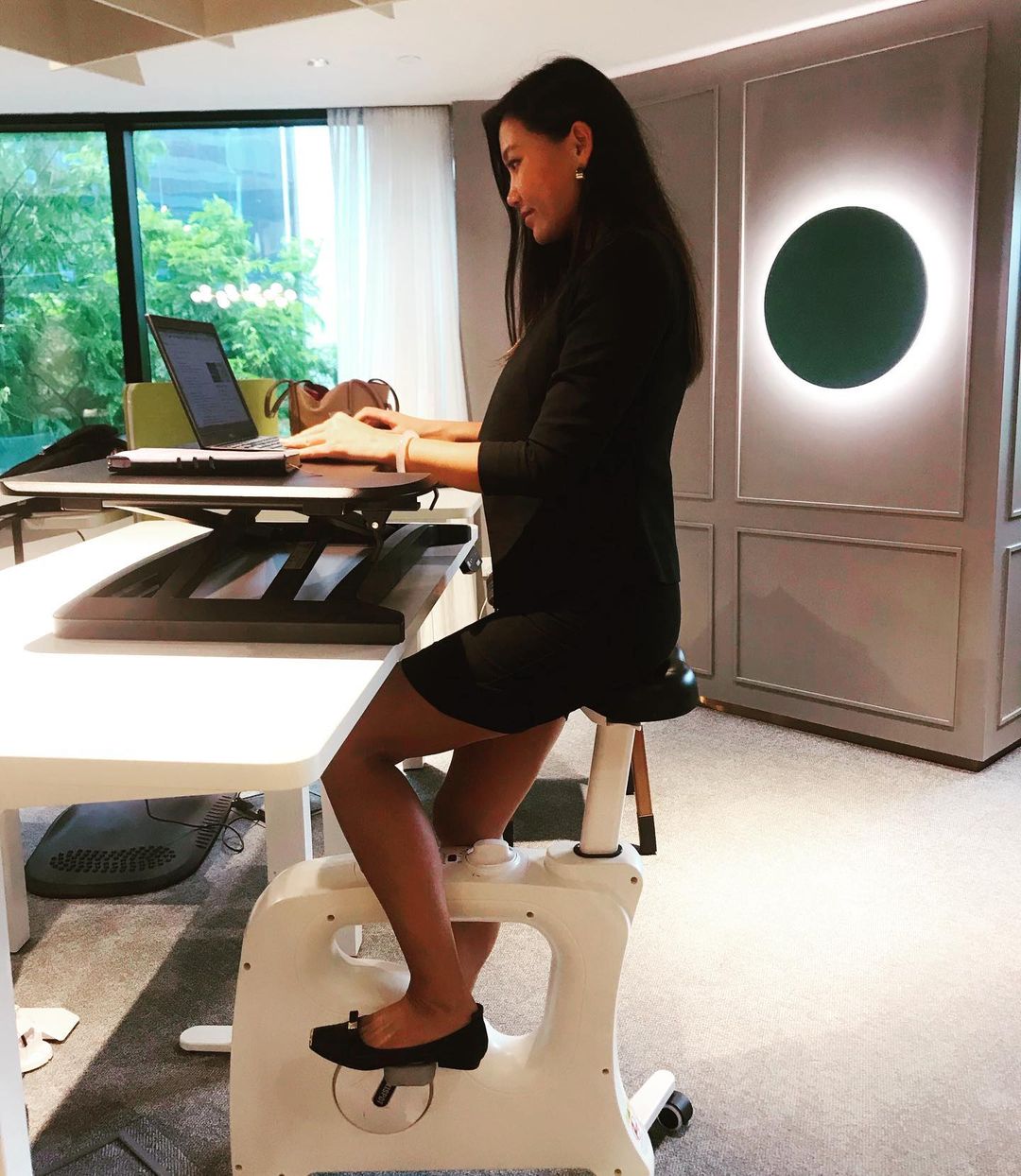
Exersnacking
The phrase one step at a time has become almost like a pinned quote on Instagram (and the usual advice from the wise ones in our friends circle). Well, we aren’t complaining because it seems to work. But using a similar motto for exercise can be equally life-changing and make working out seem less daunting.
Think of it like snacking, but for exercise. Let’s face it, the most difficult part of an exercise routine is starting it. The moment we think of running for 30 minutes or more, some of us run for the hills (in our heads). But it doesn’t have to be that way. “We need to get away from an all-or-nothing approach and embrace a philosophy of something is better than nothing,”John Jakicic, a professor at University of Kansas Medical Center, told the Wall Street Journal recently.
There has been a marked increase in the number of people who follow a sedentary lifestyle. We are either working at our desks or binge-watching on the couch for almost 12 hours a day. Taking a break from sitting every couple of hours, and performing a ten-minute exercise – which can be anything from dancing, to playing with kids in the park or just a brisk walk, can do more for you than you think.
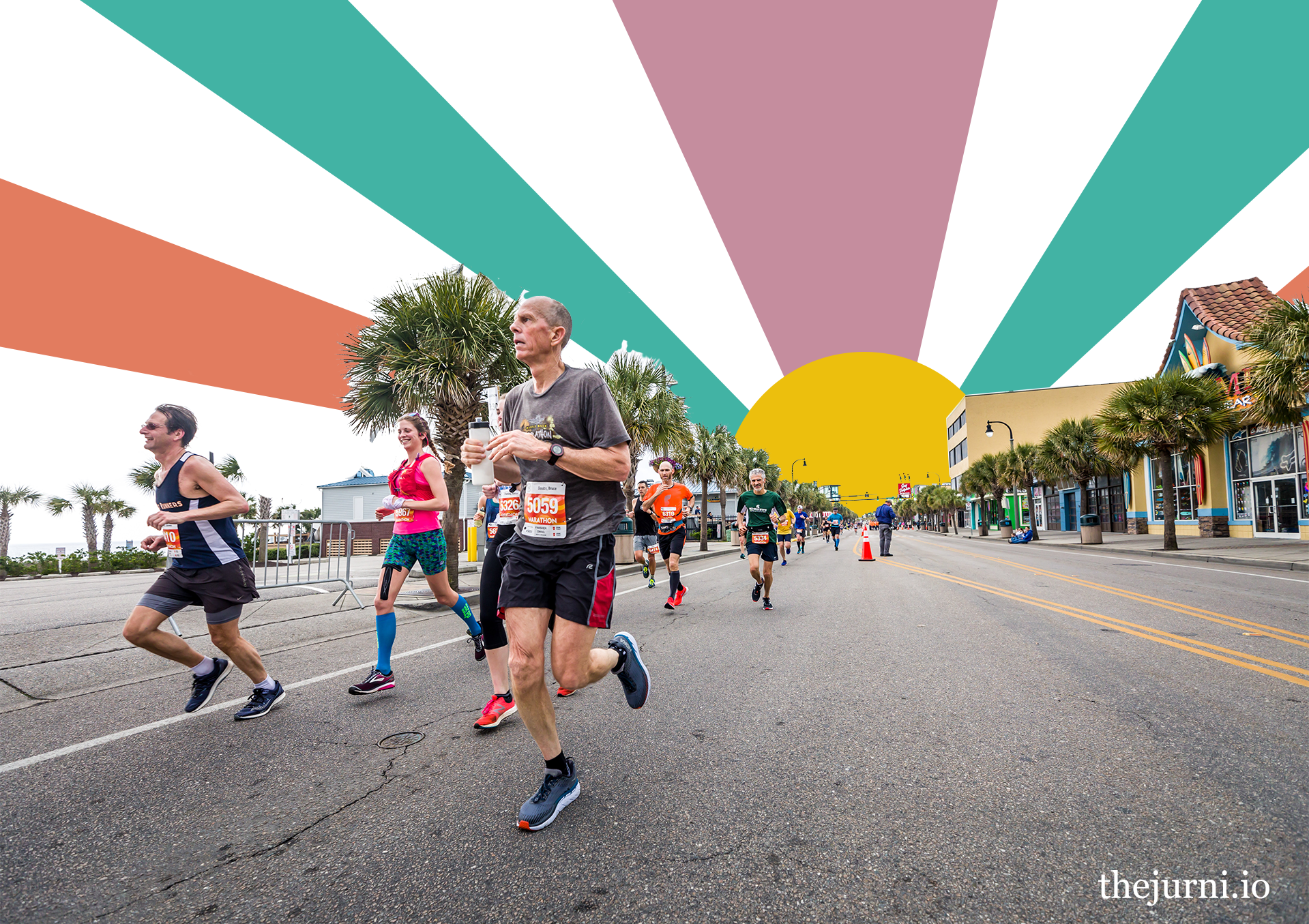
Run like a Master
We’ve said this before, and we’ll say it again – a runner’s high is unlike any other. Feeling your heartbeat as the wind brushes against your frame. Finding the rhythm and balance in your movement as the euphoria takes over. Sensing your mind unlock as your cognitive and mental abilities improve. If there’s one thing a working professional must include in their routine, it’s a good workout – and running is a great one!
Having said that, running doesn’t come without risks. As we get older and our bodies begin to change, the probability of getting injured increases. But fret not! Just like the 100-year-old grannies competing at national and international level Masters games this year, you too can prep your body to run faster and prevent injuries.
The very first thing to keep in mind is pace. If you’re just starting to run, or have noticed your body unable to take the same pressures as it once did, slow down. Instead of running more, aim to run smarter – identify your comfort with speed and push it in intervals of short sprints. With time, you’ll recognise your body beginning to adapt to more intense sessions.
And while warm-ups are the key to taking care of your body, strengthening specific muscles can go a long way in supporting your body in the long run (literally). For a detailed guide to running safely, follow this link.
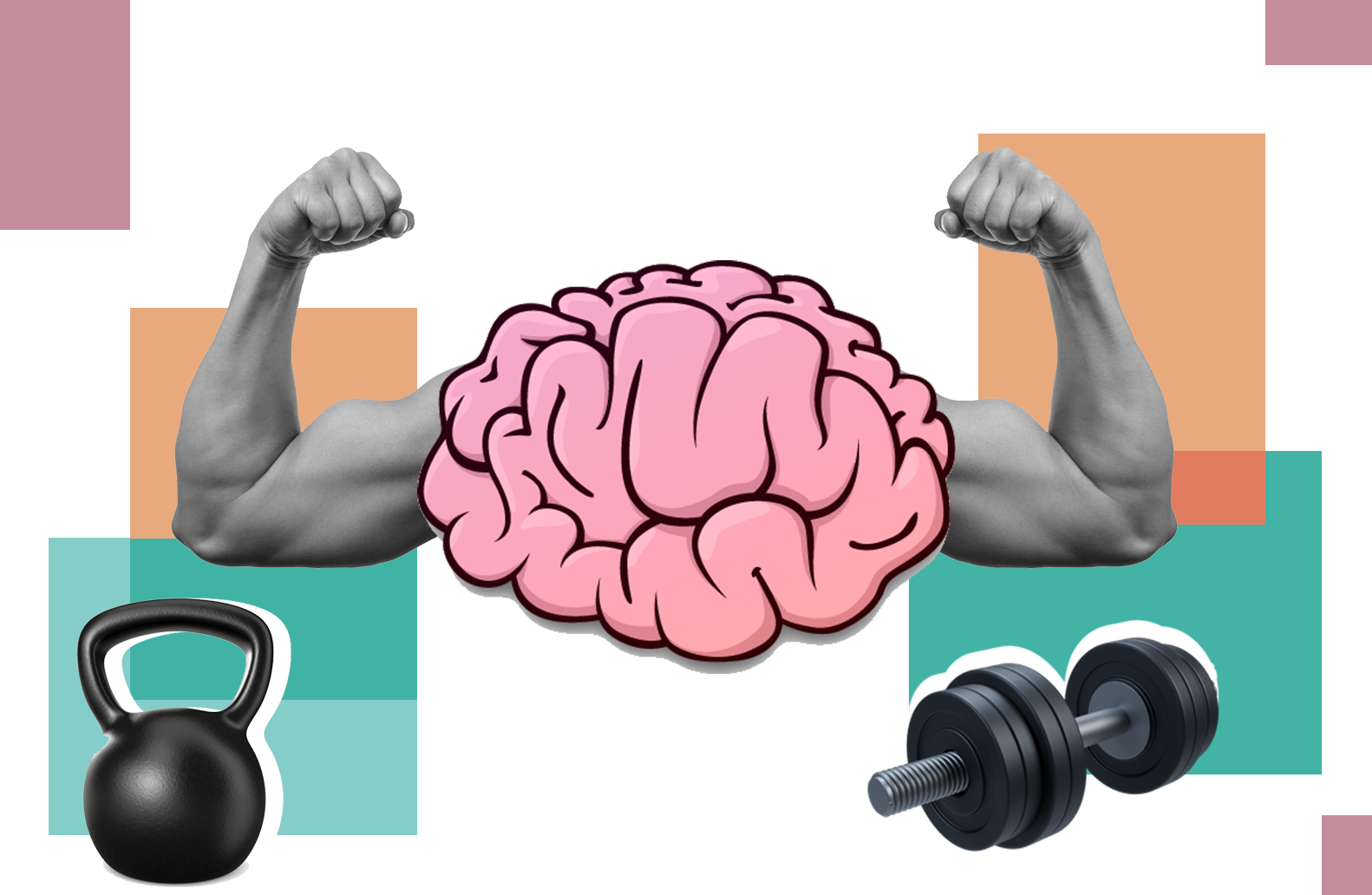
Brain Gain
Our brains are one of our greatest assets – they allow us to think, learn, and process information. However, like any other organ in our body, they need proper care to perform well. So, how do you enhance your brain’s processes? And how can it help you at work? We look into several ways that can help improve our brain power and enhance our cognitive abilities.
One simple way to boost brain function is by shifting the mode of working. Our brains can get used to routine tasks, and so, by switching up tasks or environments, we can challenge our brains to think differently and create new neural pathways.
Physical exercise is also essential for brain health. Studies have shown that exercise can improve cognitive function, memory, and mood. Exercise increases blood flow and oxygen to the brain, which can enhance its capabilities.
On the other hand, a healthy diet rich in antioxidants, vitamins, and minerals can play a crucial role in age-related decline. Also, drinking plenty of water can prevent impairing our cognitive abilities.
Finally, getting enough rest is crucial too. During sleep, the brain consolidates memories and processes information, so getting enough rest is essential for optimal brain function.

Get the Balance Right
What are a few practices you swear by to maintain a good work-life balance? A study conducted by Arcadis – a consultancy firm in Amsterdam – a few years ago, found that Indians work 2,195 hours (on average) yearly, unlike Hamburg, Germany, ranked among the top 3 cities for work-life balance in the world, which had workers putting in 1,473 hours. And, the numbers have only been going up. Though it is essential to acknowledge situational differences (at least to some extent), we were curious to find out what some countries do differently to achieve this equilibrium.
Turns out, a lot can be changed with minor tweaks
For instance, in France, one of the top ten countries where employees enjoy a good work-life balance, conversations apart from those revolving around work are highly encouraged, especially around subjects such as art, design, and literature. The practice of conversing is steeped in French culture, and helps workers to not constantly think about work but develop well-rounded thinking. The ‘right to disconnect’, which prevents employees from being liable to reply to emails or texts after work hours, or even their sacrosanct lunch hours are some other great examples.
In Sweden, the answer lies in a sweet practise (literally)
In many Swedish companies, it’s mandatory for all workers to have a designated time for fika — which translates to munching sweet treats, drinking coffee, and chatting. “More than a coffee break, fika is a time to share, connect and relax with colleagues. Some of the best ideas and decisions happen at fika,” Matts Johansson, founder of Swedish coffee chain Da Matteo, told the BBC. The practice has become a global trend, with several cities in the US and Australia adopting it to boost productivity.
But how do we know what works for us?
Many countries have unique practices that ensure a good work-life balance for workers. But like any individual, every country has its own needs, mindset, and culture. What might work for someone else might not always work for us, but flexibility is key to understanding what does. And, if work-life balance is what we are striving for, India will have to be open to experimentation. Anyone else thinking about embracing the four-day work week?